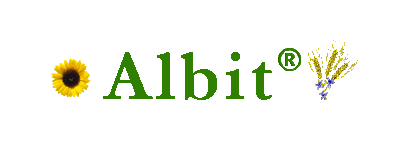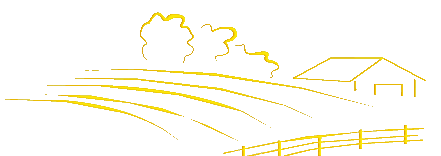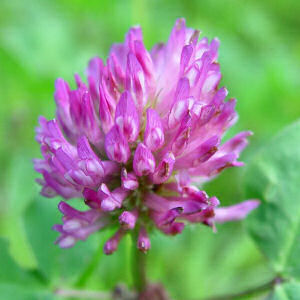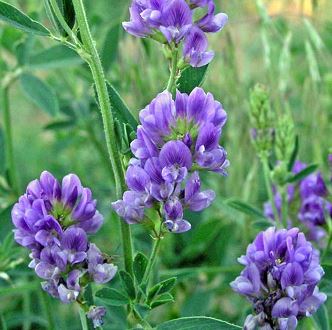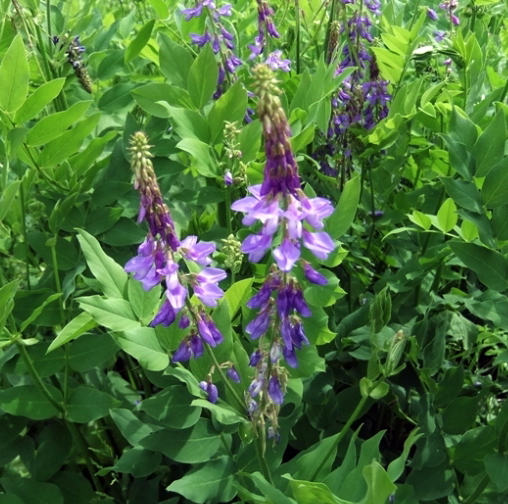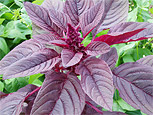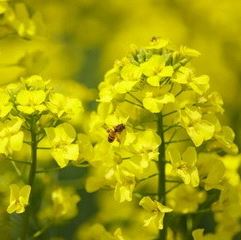|
|
Materials used in this chapter are published in book Biostimulant Albit for increasing yields and protection of agricultures against diseases, A.K. Zlotnikov, Ed. Prof. À. Melkumova. All-Russia Institute of Plant Protection, Russia, 2006. Grass cutting is very stressful for plants (more stressful than hail). High effective antidote can help plants to restore after cutting, normalizes metabolism and productivity of plants. Albit is a “gold standard” among antidote products. According to conducted field trials, Albit treatment of fodder grasses (galega, lupine, alfalfa, vetch, clover) increases:
Albit is also tested on fodder cereals used as lawn herbs (meadow fescue, bent, meadow grass, and ryegrass). For these grasses, Albit increases: Application methods. The main treatment for fodder herbs is foliar spraying. The treatment should be performed in the first half of vegetation (for example, in the stage of budding). Consumption of Albit and Albit working solution is 40 ml/hectare and 300L/hectare respectively. Purpose of Albit foliar spraying is growth stimulation and improvement of mineral uptake. As result, hay harvest is increasing stably approximately by 20%. For enhancement of effect, the twice repeated Albit treatment is possible. It is recommended also to perform an additional foliar spraying after skewing (to accelerate regrowth). Presowing seed treatment (50-70 ml/tonne of seeds) is also quite effective. Seeds should be soaked for short time in Albit solution conc. 3-5 ml/L. Seed treatment increases germination, stimulate plant growth in early stages of development, protects from root rots and adverse environmental conditions. Presented techniques (Albit foliar sprayings 40 ml/hectare and seed treatment 50-70 ml/tonne of seeds) are universal for all fodder herbs. For canola, addition of Albit (60 ml/hectare) to insecticide and herbicide solutions used for foliar sprayings is optimal.
|
|
||||||||||||||||||||||||||||||||||||||
Terms and Conditions
|
|
